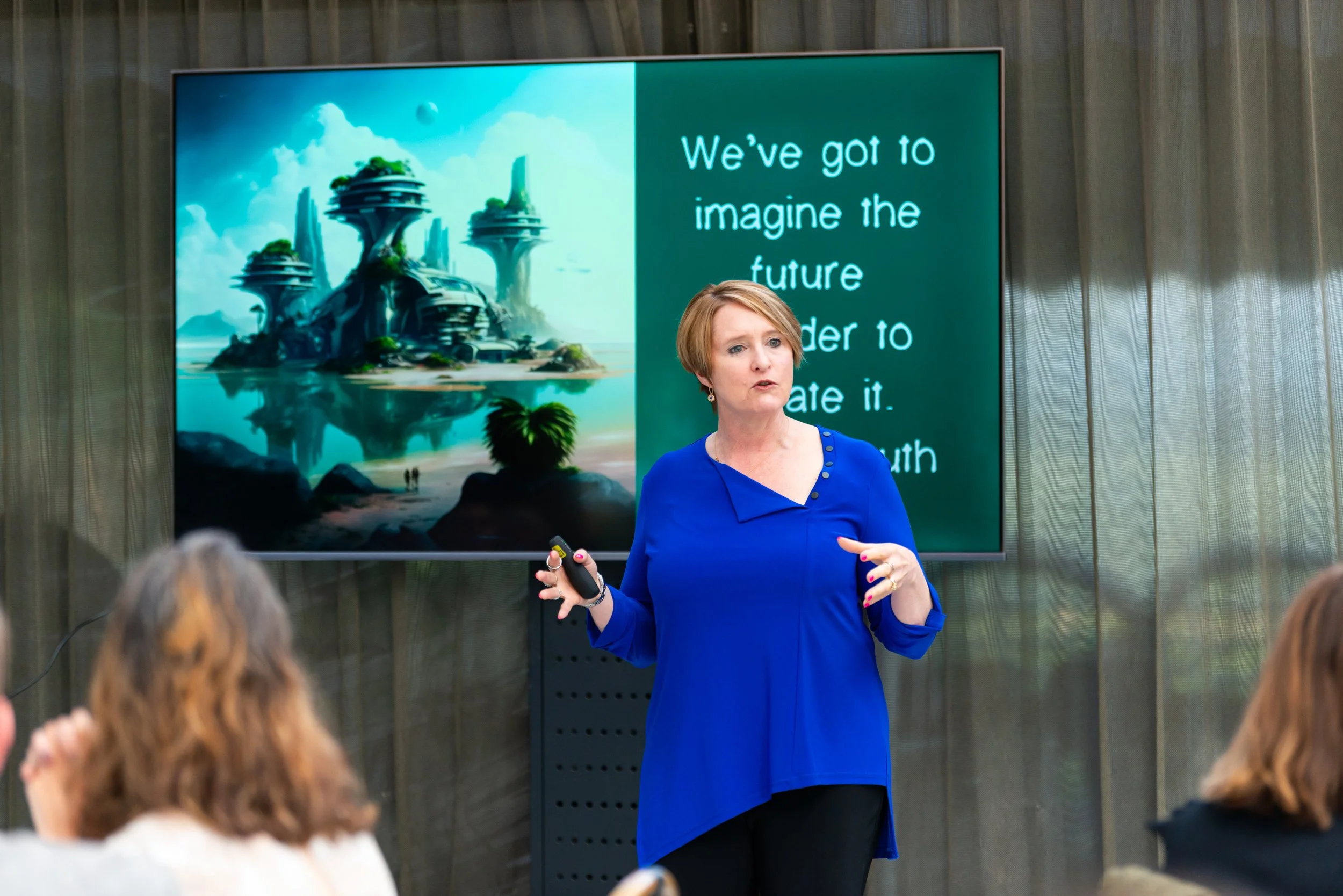I remember mustering the courage to address an issue with a colleague. We had significant difference of opinion on a staff matter. I was sure she hated me and thought little of me. I rehearsed the conversation over and over in my head, oscillating between anger and fear. I felt small and helpless.
Leadership strategies for hard conversations
Being a Boundless Leader means we clear up friction in our world as it occurs: whether it be from systems or relationships. I knew I had to get this sorted.
When I finally raised the issue, she was surprised that I had thought the issue was an issue at all! She told me she thought I was great and that in her mind, there was nothing to be concerned about. I was caught off guard, and felt adrift. This was not the reaction I was expecting! All my preparation for standing on solid ground, wanting to disentangle the issue was all for nothing. There was no issue.
Not every conversation is as anti-climactic. Some end up fierce and ferocious. We find ourselves at odds with other people’s stories, and the emotions flow like toxic lava.
Leadership skills for better conversations
Conversations are difficult when our head drives the heart.
The stories we make up about the conversation is what makes them difficult. Our head creates stories, these create emotions, and all of a sudden the stakes feel very high.
We are afraid of consequences. We make up stories about the conversation before we have it, and this is what feels difficult. Our imagination puts us on high alert. During the conversation those stories might be let loose, along with all the collateral emotions. It can get messy real fast.
The best circuit breaker for the head driving the heart is to come back to our intention for the conversation.
What is the highest intention for the conversation that is good for you and good for them? This will guide us through the fears, and unexpected reactions.
With the issue with my colleague, I might have started with the intention of wanting to be heard, to be seen to be right. This sets up the conversation as a combat.
Reviewing my intention, I might choose instead, ‘to improve the relationship with my colleague’. If that was the intention, it was mission accomplished. I did not need to prove I was right and they were wrong.
Before any difficult conversation, write out your intention statement and test it on someone else. Hearing it out loud helps to hear where you get stuck.
The heart, when it comes to creating a higher intention is the best guide. Don’t let the head drive the heart.
Where do you find conversations are tough and terrible? How do you navigate them?
***
Related Articles:
How to get genuine feedback when you’re the boss
Rethink Failure: It’s not just feedback
Stop Your Passive Aggressive Language now!
***
About the author, Canberra leadership expert Zoë Routh:
Zoë Routh is one of Australia’s leading experts on people stuff - the stuff that gets in our way of producing results, and the stuff that lights us up. She works with the growers, makers, builders to make people stuff fun and practical.
Zoë is the author of four books: Composure - How centered leaders make the biggest impact, Moments - Leadership when it matters most, Loyalty - Stop unwanted staff turnover, boost engagement, and build lifelong advocates, and People Stuff - Beyond Personalities: An advanced handbook for leadership. People Stuff was awarded Book of the Year 2020 by the Smart WFM Australian Business Book Awards.
Zoë is also the producer of The Zoë Routh Leadership Podcast.

